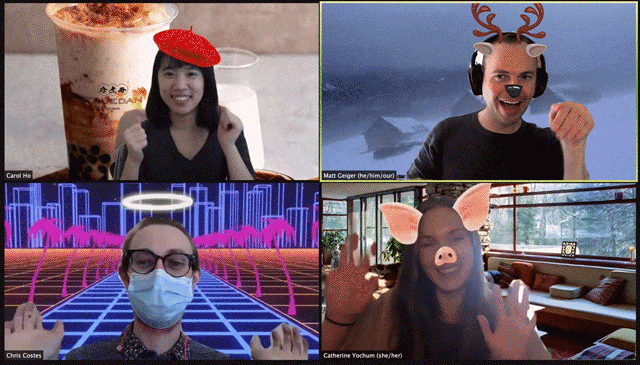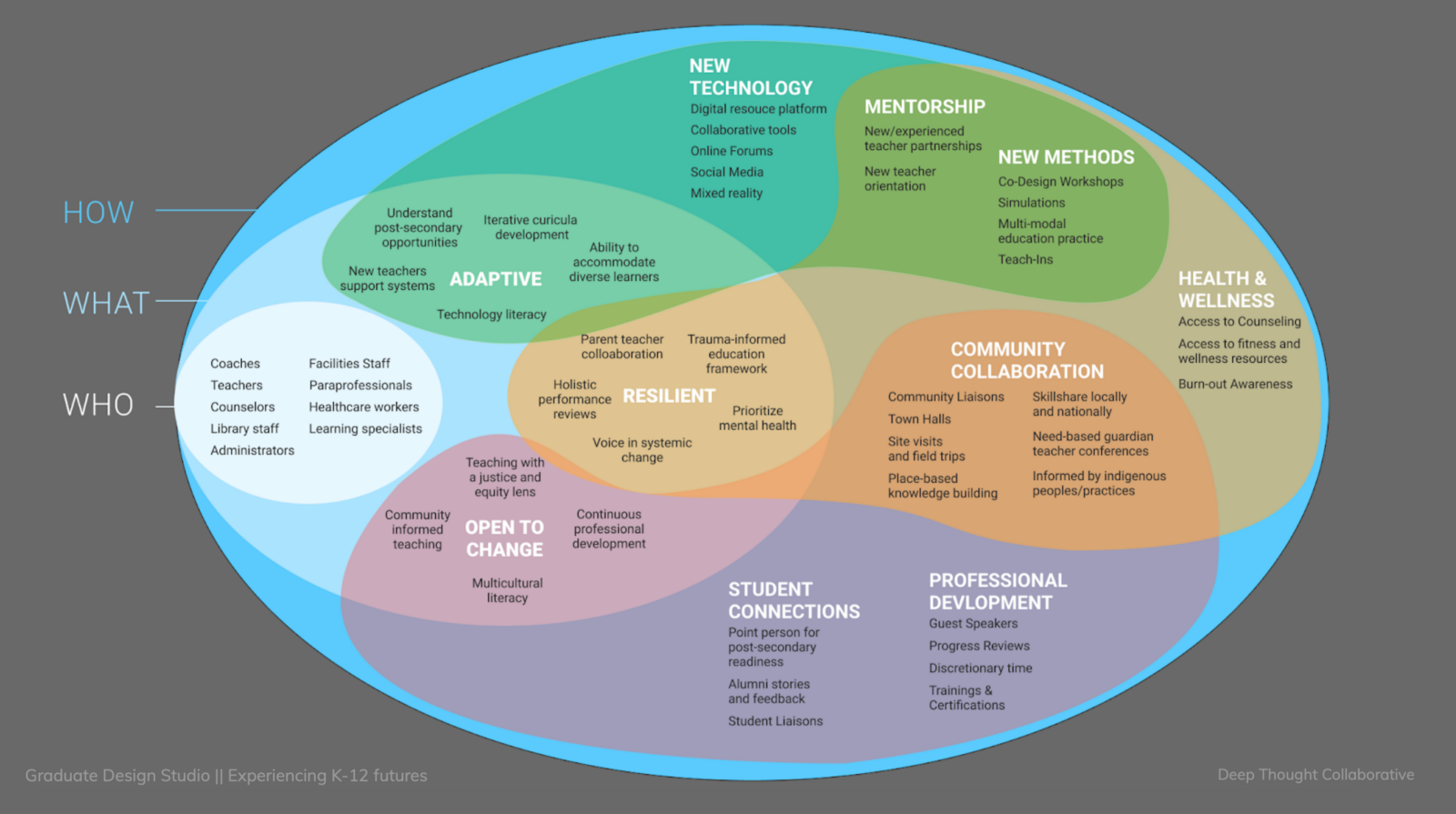I’m very pleased to see Stuart Candy’s project “Imagination is a Commons” is the winner for Core77’s award for Speculative Design, 2022. Back in March of 2021, I received a somewhat unusual paid request — for studio photography services. One year into the COVID-19 pandemic, when vaccines were still out of reach for many, and facilities and institutions remained shuttered, I was suffering from cabin fever isolation and grieving the death of my uncle.
I was finishing up my second Master’s degree, and Pittsburgh had only begun to thaw after a long and difficult winter. Without access to the campus photography studio, Stuart had reached out to his network at Carnegie Mellon, seeking alternatives. As luck would have it, during my undergraduate studies I invested in my own studio photography setup.
My barebones digital photography setup
Scrappy resilience was a constant theme throughout 2020. Students without studio space were constantly finding ways to make do. This was one of those rare moments where few compromises were necessary, and I had everything I needed on hand. Imagine my surprise when I was handed a bag full of artifacts from the future…
T-shirts from a coding festival in the year 2030
Social distancing and staying home (for the better part of a year) had distorted my sense of time. In the first year of the pandemic, there were days and weeks that seemed to vaporize, and weekends that lasted a month. To hold these artifacts, and to focus on them through a viewfinder, I felt as though I had stepped completely outside of time and space. This was a perfect diversion from my mundane existence, and a reminder that this too shall pass.
Thank you, Stuart and Ceda. And congratulations!






